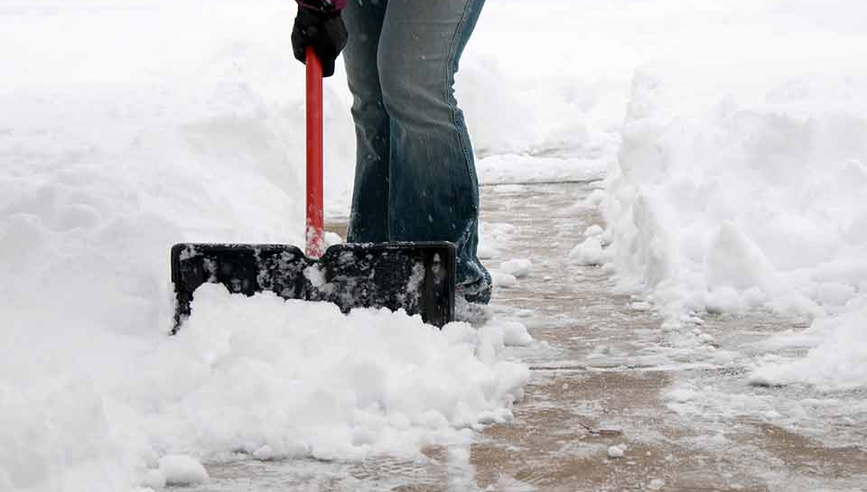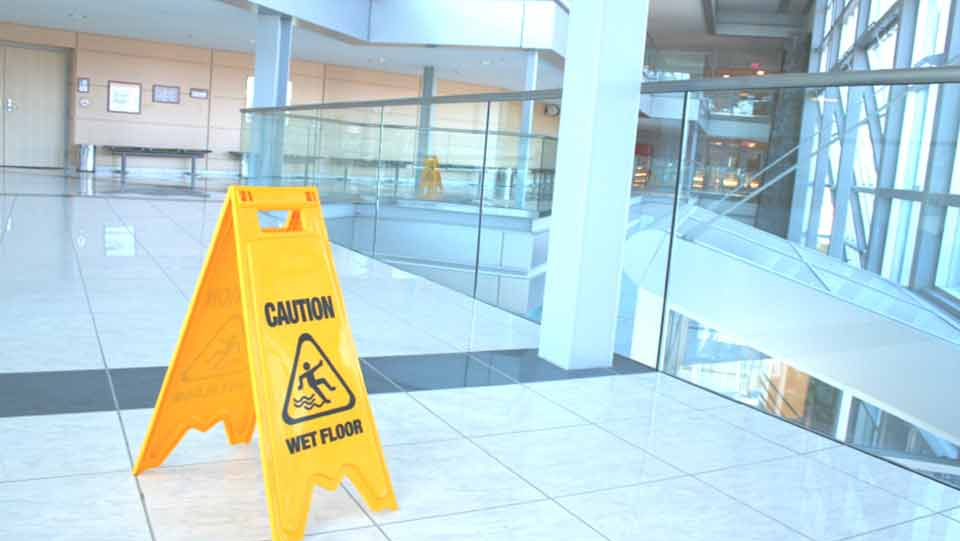Protecting Against Slips, Trips and Falls During Winter


While slip, trip and fall hazards are present year-round, there is an increased potential for them in the winter months due to snow and ice.
As a property owner or manager, you must make a reasonable effort to reduce the potential for injury to your guests, employees and patrons. Any business that has people visiting its facility (e.g., hotels, apartments, manufacturing firms, shopping centers, supermarkets, office complexes) can be susceptible to this hazard and the associated liabilities.
The first line of defense against slip, trip and fall incidents includes having a well-planned strategy and implementing a snow and ice removal plan.
1. Develop and implement a written snow and ice removal plan.
- Determine who is responsible for carrying out the plan. They should be responsible for duties such as selecting contractors, maintaining removal logs, frequency of removal, use of sand/salt, and proper claim-handling practices.
2. Determine if the snow and ice removal will be carried out by in-house personnel or by an outside contractor.
- It is a best practice to use a contract, rather than an invoice, that includes details of services to be performed and provides that the contractor will indemnify the property owner if the contractor’s negligence or wrongful acts result in an injury or property damage.
- Be sure to verify proper liability insurance coverage of any contractor. Obtain and review certificates and contracts annually, and there should be a cancellation of liability insurance notice requirement in the contract.
- If your employees perform the snow removal work, provide the right training and equipment, such as insulated boots, gloves, jackets and snow removal equipment.
3. Designate someone to monitor weather conditions, walking surfaces and effectiveness of removal practices.
4. Record removal activities in a log.
- Information should include the individual’s name, estimated amounts of snowfall, ice buildup, temperature, action taken (e.g., called contractor, used plow, applied sand/salt), date and times, inspection notes and unusual conditions.
5. Putting the plan into action.
- When determining areas to target first, be mindful of high-risk areas such as high-traffic areas, slopes, and dimly lit or uneven surfaces.
- Consider the type of treatment for given conditions. Calcium chloride is very effective in extreme cold. Allow sufficient time (if possible) for chemical treatments to take full effect.
- Ice melt products can leave entrance floors slippery; be prepared to clean up any moisture that is tracked in.
- When stockpiling snow, be careful, as this can reduce visibility around corners.
- Provide warning signs in high-hazard places and provide adequate lighting where possible.
- Be aware of refreezing. Melting snow piles adjacent to a walkway can result in refreezing of water on the walkway.
- Review drainage and puddle formation and ensure that it doesn’t discharge in frequent foot traffic areas.
- Consider engineering controls such as heated walking surfaces when practical.
- Relocate downspouts if they discharge water onto walking surfaces.
- Provide warnings of “hidden” hazards that could be inadvertently struck by cars or trip pedestrians if covered by snow (signs, fire hydrants, curbs, grates, etc.).
6. Perform incident investigations promptly.
7. Jurisdictional considerations.
- Each municipality has its own ordinances or codes dealing with snow and ice removal. Property owners should know the requirements of the municipality in which they own and manage property. Consulting an attorney and municipal authorities can help you better understand your rights and obligations and make the appropriate decisions to protect your customers, employees, business and the public.



